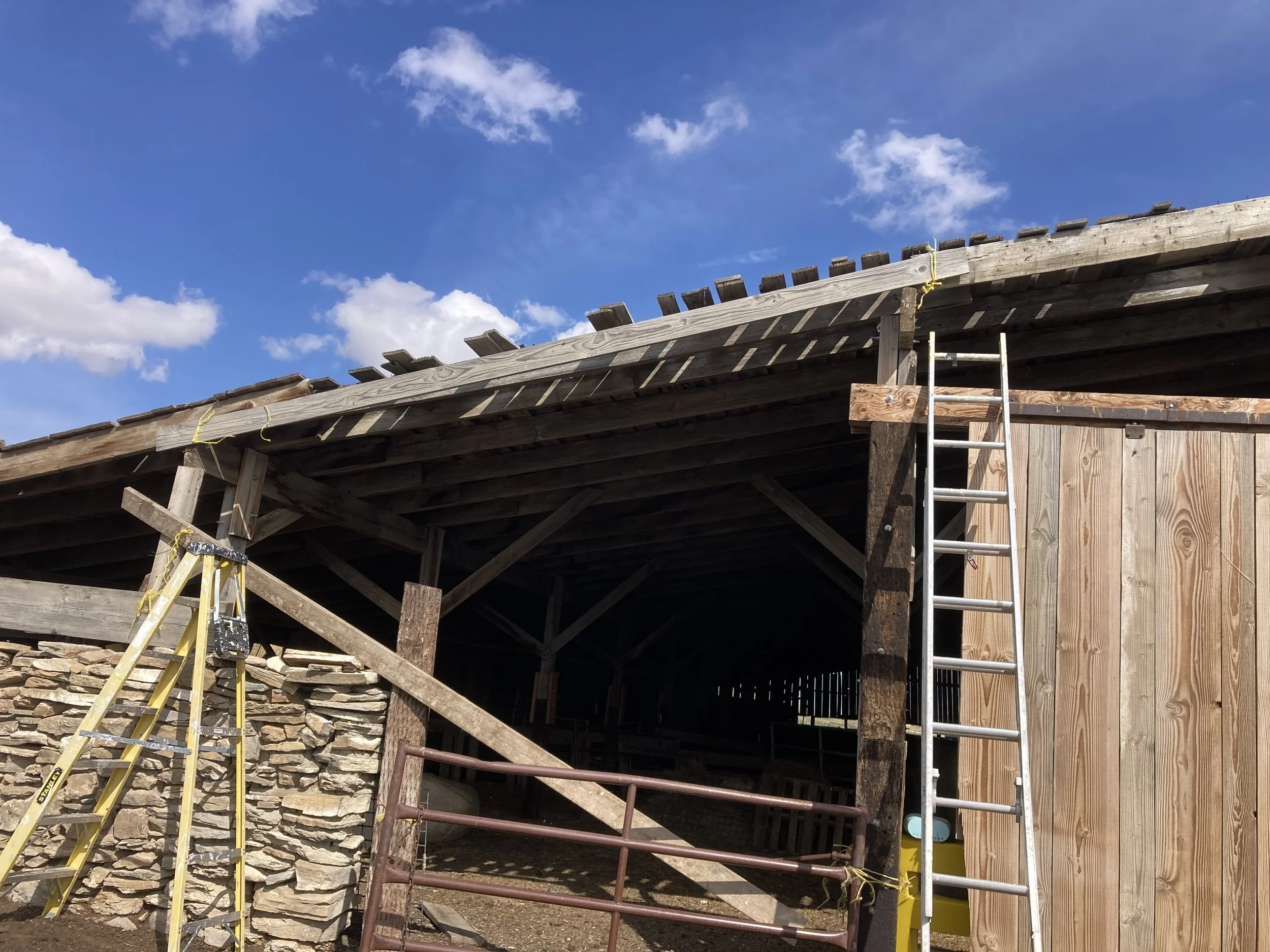Yellow Twine's Extra Hands
I have a bad habit of procrastinating when I don’t exactly know how to complete a project, even if the project is urgent.
I pretend I’m ruminating on the details.
Or I forget to look for my measuring tape.
Or I neglect to buy the right screws.
The partial wall on the west end of my barn blew down in a windstorm a couple of weeks ago.
The coming equinox will bring high winds and I am not sure the gaping hole in my 130-year-old barn could withstand those winds.
My barn repair has been calling me, but last week, I attended the three-day Montana Board of Public Education meeting, then, on Saturday, I took meat to the farmers market in Great Falls.
On Sunday, I had lunch with a friend I had not seen for too long.
On Monday, searching for my missing bull became my top priority.
Finally, by Tuesday, I loaded up my favorite tools – a Sawzall, electric drill, a couple of ladders, table saws, a Sharpie and even my measuring tape.
I thought about asking one of several candidates to help me with this project, but designing and implementing my repairs by myself had become a personal challenge during my procrastination period.
Then I took another look at that wall and wondered if I might find an easier personal challenge.
An original sandstone rock wall rises about 5 feet from the ground and runs for about 20 feet.
The master stoneworkers used no mortar, just skillfully stacked the rocks that they gathered from the hill above the barn. The only connective tissue on this wall is the dirt that has been packed in between the sandstone over the past 130 years.
I love this wall.
A couple of clumsy misplaced side hits could mean the end of it.
The wall ends at a gateway that I want to maintain. I need that gate to be tall enough so I can back a trailer load of small square bales into the barn.
That means horizontal supports across the gate are out of the question.
Nothing about the barn’s roofline is square.
Some of the old rafters twist.
The barn lists slightly so the corners don’t exactly align.
I needed to add horizontal support above the sandstone wall and frame the diagonal roof line with new lumber, then screw vertical boards to my frame.
Shims could fill gaps between right angles.
I found a thick, straight old board that would function perfectly as the horizontal support frame on top of the sandrock wall.
All I needed to do was lift it up five feet and slide it into place without knocking sandstone into a pile of rubble.
I could lift that long board, but only one end at a time.
I used a round pipe on top of the sandstone to roll one end of the board into place and rested it on the sandstone.
But that end would fall if I let go to lift the other end.
I needed another set of hands, darn it.
Or yellow twine.
With yellow twine as my loyal assistant, I was off to the races, tying shim boards to rafters and midpoint horizontal boards to posts as quickly as I could climb up and down my ladders.
I drilled screws every which way, then tied the next board with yellow twine.
As I studied the intricacies of addressing crooked corners and wide openings, I considered how to saw angles for the vertical boards.
I thought about drainage from the roof and the shear strength of screws.
And wondered why I had procrastinated.
I haven’t had this much fun in a long time.
